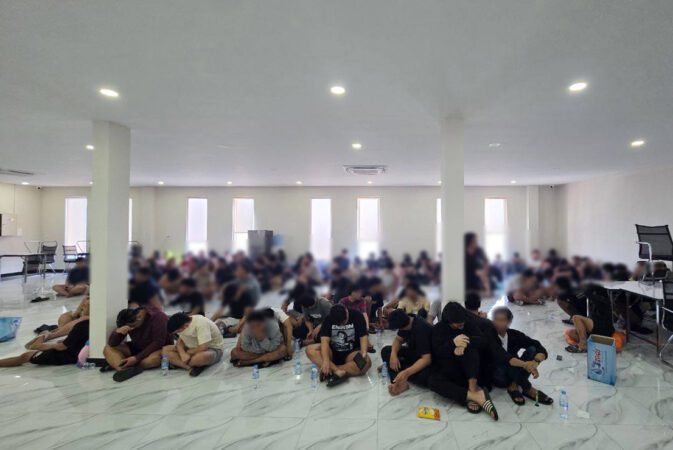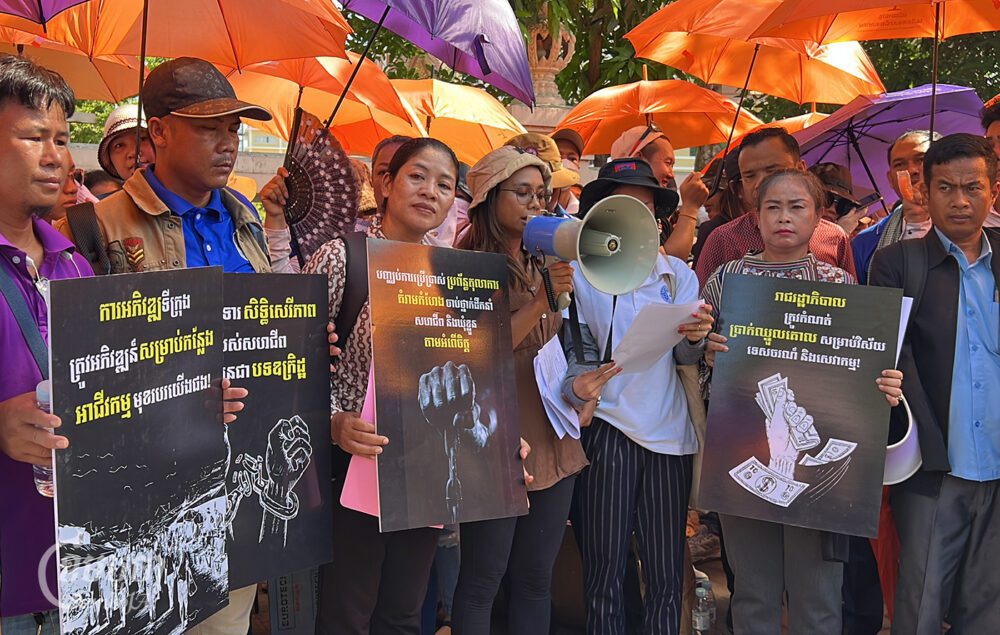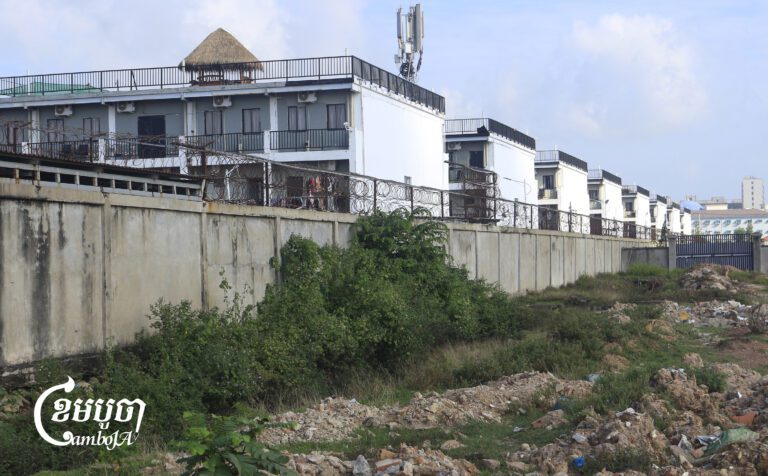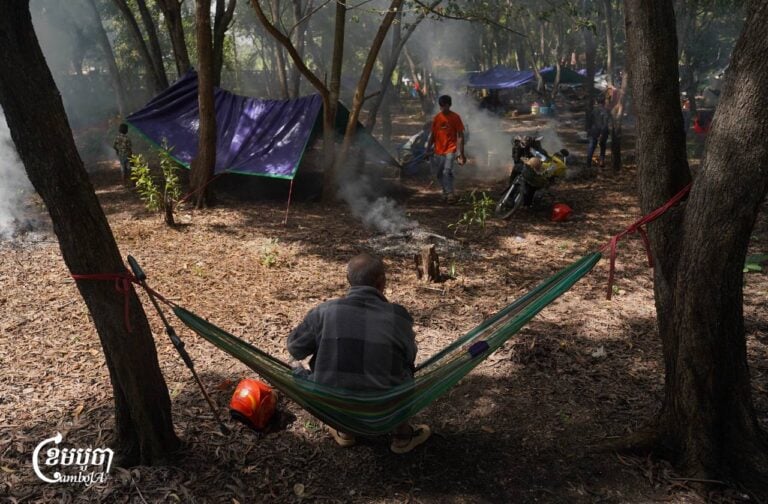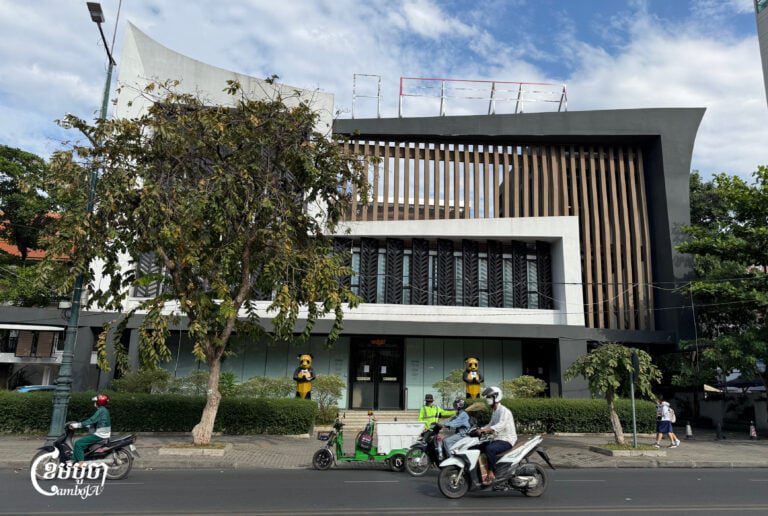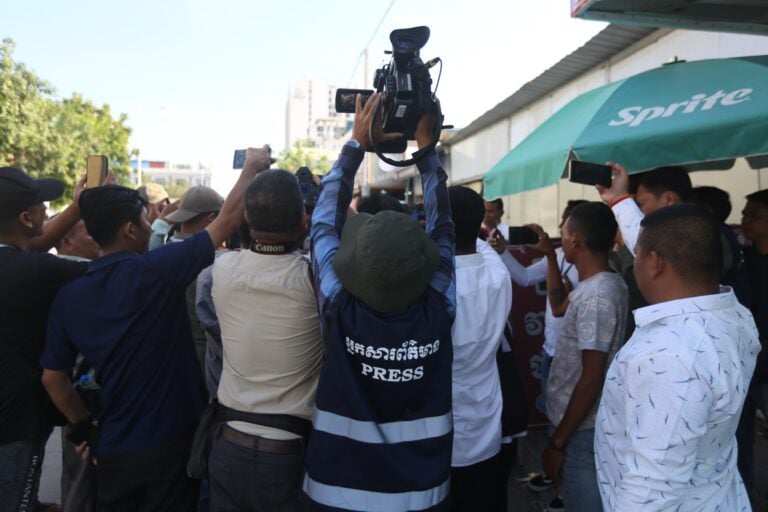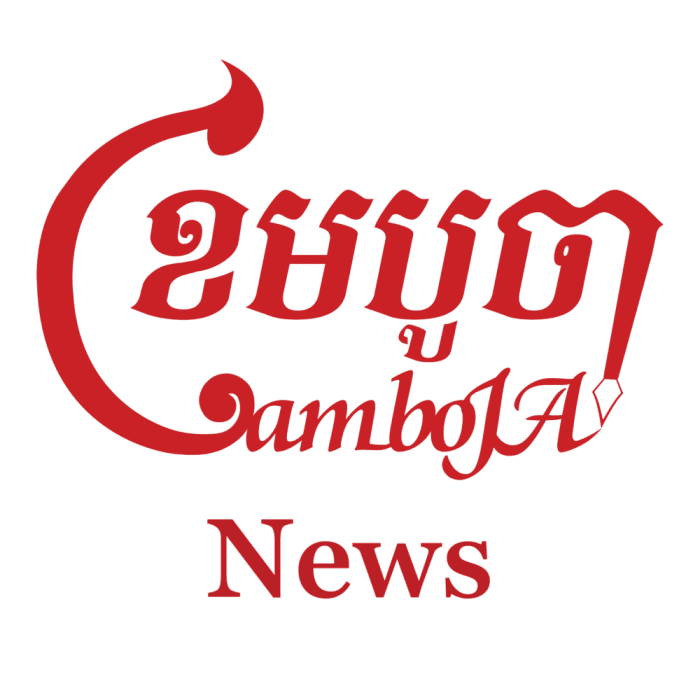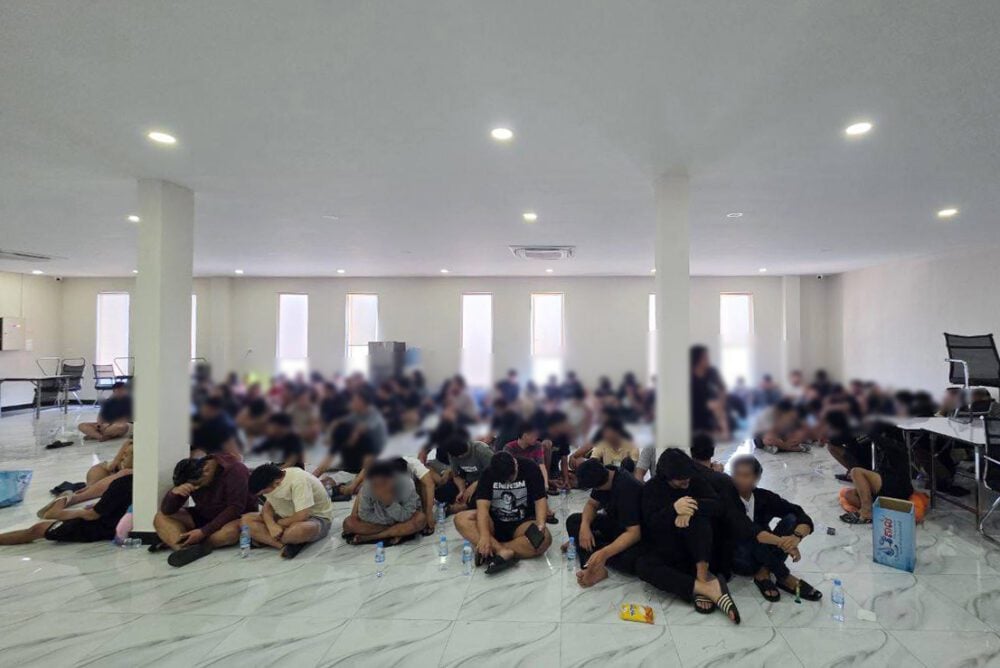
- National -
Op-Ed: Impunity at the Top, Raids at the Bottom: Will Cambodia Succeed in Combating Scam Compounds?
Cambodia’s government keeps announcing new raids, new arrests, and new crackdowns. In July 2025 alone, authorities said they detained more than 2,100 people at dozens of sites across the country. But beneath the headlines, the architecture of Cambodia’s online-scam economy still hums along fueled by coerced labor, opaque money flows, and a justice system that rarely touches the owners and financiers who matter. The result is a cycle that looks busy but changes little.


